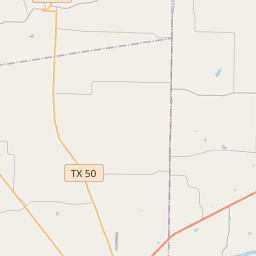Pioneer Smith Brothers
Historical marker location:






Tall, strong men who helped to carve Delta County out of Texas frontier. Benjamin, Charles, Gilford and Mira J. Smith came to Texas from Arkansas before or during the 1840s. They obtained from heirs title to the Moses Williams land grant, patented 1849, and surveyed by Major George W. Stell. After 1853 several generations of the Smith family lived here.
The brothers were each 6 feet, 4 inches or taller and weighed over 250 pounds. they cut logs and built their cabins with puncheon (split-log) floors, riven-board roofs and homemade furniture. Instead of nails, wooden pegs were used; instead of glass windows, board shutters. Chimneys were of black clay mud plastered over sticks. Bear meat was the main food, obtained by hunting with flintlock rifles in such dangerous places as Jernigan Thicket, 2 miles west. Charles Smith kept bees, and was known as "Honey."
Mira J. Smith was a key man in settling of Delta County, because he was an early blacksmith. His first son, Moses, became a tanner; the second son, Henry, a blacksmith. The women of the four families carded cotton and wool, and spun, wove and sewed clothing. Young Moses Smith also made men's buckskin suits.
Grant has produced over $1,000,000 worth of cotton.
Marker sponsored by Lina M. and Melvin W. Smith, Margueritta and Ernest O. Smith
As one of the most visible programs of the Texas Historical Commission (THC), historical markers commemorate diverse topics in Texas history, including: the history and architecture of houses, commercial and public buildings, religious congregations, and military sites; events that changed the course of local and state history; and individuals who have made lasting contributions to the state, community organizations, and businesses.
Texas is also home to the world's largest honky-tonk, Billy Bob's Texas in Fort Worth. The venue covers three acres and can hold up to 6,000 people.